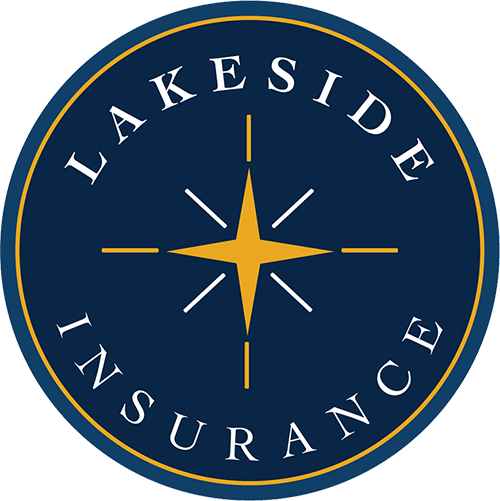
The Occupational Safety and Health Administration (OSHA) implements rules and procedures to help employees stay safe in the workplace. One of the ways OSHA tracks worker safety is through annual reports that covered employers must file.
Are you a covered employer?
OSHA applies to almost every private sector employer and some public sector (i.e., government-operated) employers. However, the recordkeeping and reporting requirements do not apply if you have 10 or fewer employees at all times during a calendar year or you qualify for the low-hazard industry exemption. Examples include banks, restaurants and medical offices.
Even if you meet one of the exemptions, though, you still must report any workplace fatality, in-patient hospitalization, amputation or loss of an eye to OSHA.
What forms are required?
If you are a covered employer, there are three forms you need to know about:
- Form 300 – Log of Work-related Injuries and Illnesses
- Form 300A – Summary of Work-Related Injuries and Illnesses
- Form 301 – Injuries and Illnesses Incident Report
Forms 300 and 301 should be updated throughout the year. Any time you have a recordable injury or illness, entries should be made. Entries must be made on the appropriate forms within seven calendar days of being made aware of the recordable incident.
Form 300A is completed at the end of the year. It’s a summary of the recordable injuries and illnesses contained on Forms 300 and 301.
For most employers, Form 300A will be electronically submitted to OSHA. You must also post an annual summary of Form 300A in your workplace from February 1 to April 30 of each year. You are required to keep all forms for at least five years.
What qualifies as a recordable injury or illness?
Generally, all injuries and illnesses that are work-related and meet a certain severity are considered recordable, unless an exception applies. An injury or illness is considered work-related if it is:
- Caused by events or exposures in the work environment
- Contributed to by events or exposures in the work environment
- Aggravated significantly by events or exposures in the work environment
An injury or illness meets the severity standard if it results in:
- Death
- Loss of consciousness
- Days away from work
- Restricted work activity or job transfer
- Medical treatment beyond first aid
Exceptions
Some injuries and illnesses do not have to be recorded or reported, even if they occur at work. OSHA provides a full list, but exceptions include:
- Employee injuries that occur when they are at work, but as a member of the public rather than an employee
- Employee injuries that result solely from voluntary participation in wellness programs or medical, fitness or recreational activities
- Employee injuries that result from doing personal tasks unrelated to their employment and outside of their assigned working hours
- Employee injuries or illnesses that surface at work, but are solely the result of non-work-related events occurring outside the work environment
OSHA reporting can be complicated. Make sure your employees are properly trained on your safety policies and whom they should report to if they become ill or injured on the job. If you have questions about what incidents need to be recorded and reported, talk with legal counsel. They can help you meet your obligations and avoid any penalties for noncompliance




